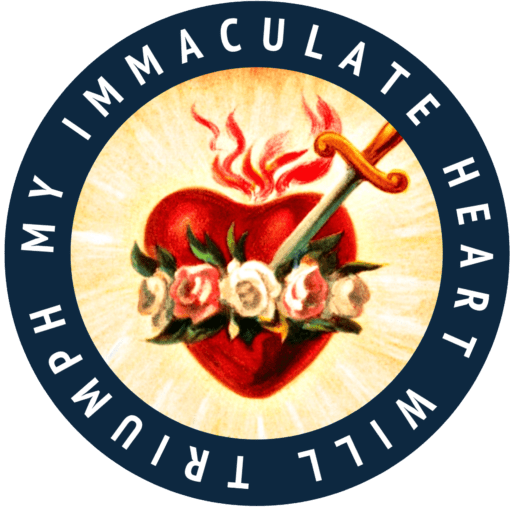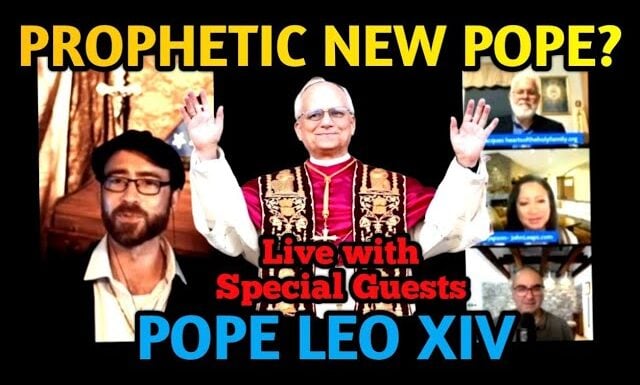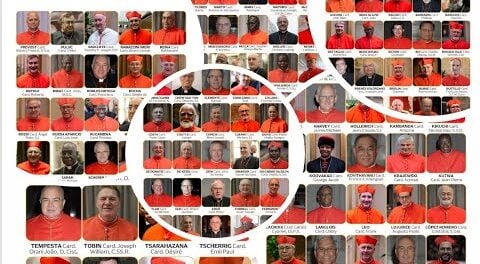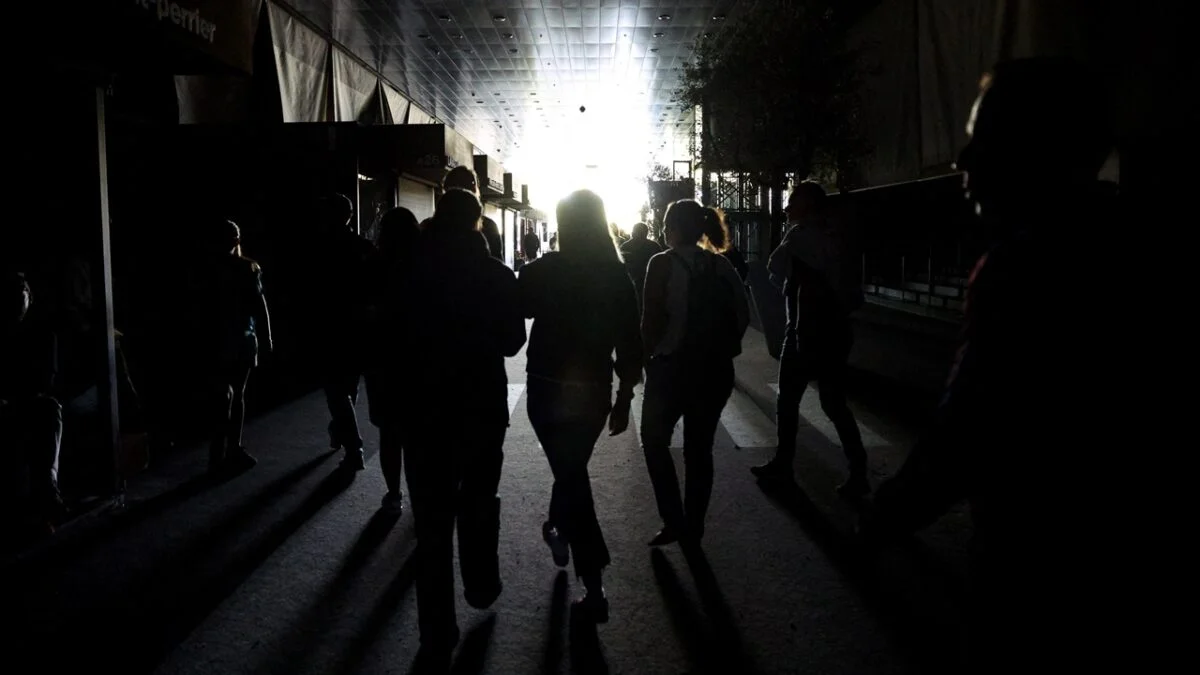
Month: September 2024
-
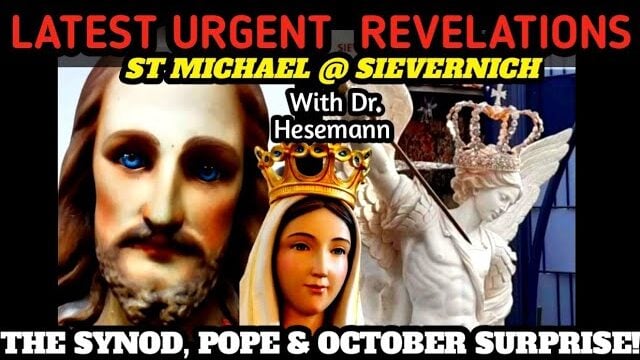
Latest Urgent Revelations from St. Michael! With Dr. Hesemann
Read More: Latest Urgent Revelations from St. Michael! With Dr. HesemannJoin Dr Michael Hesemann for the latest news and information about the private revelations in Sievernich Germany.
-
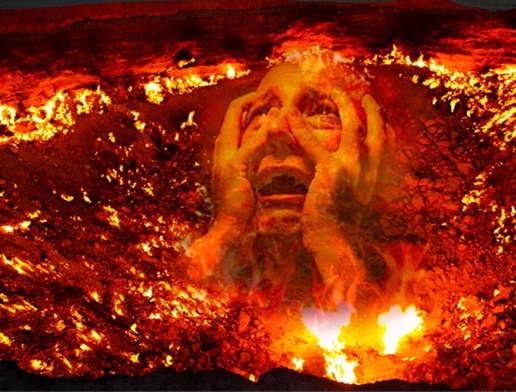
Reading This Will Stop You from Committing Sin! Sufferings of Hell, Revealed to a 20th Century Mystic!
Read More: Reading This Will Stop You from Committing Sin! Sufferings of Hell, Revealed to a 20th Century Mystic!Hell is a real place. But what is it like exactly? While the Bible gives us some clues, the 20th century mystic St. Faustina received a particularly vivid vision, which she recorded in her diary. Note that such “private revelations” are not on the same level of the divine revelation given by God in Jesus Christ.…
-
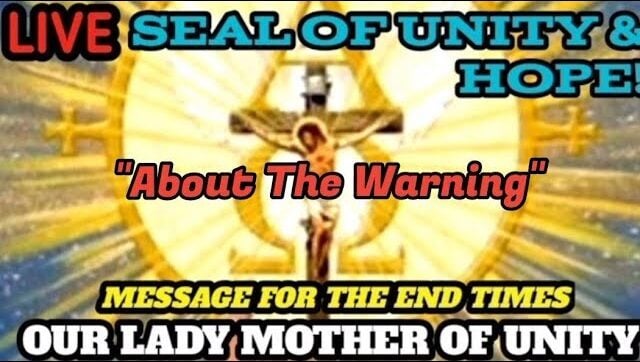
Messages for the End Times by Our Lady Mother of Hope & Unity! The Warning & Schism!
Read More: Messages for the End Times by Our Lady Mother of Hope & Unity! The Warning & Schism!JOIN us Live with Yves Jacques and Mary Chalupsky to discuss the message for the end times of Our Lady of Unity and the Seal of Unity and Hope
-

Michael H. Brown on the Vatican’s Historic Medjugorje Approval!
Read More: Michael H. Brown on the Vatican’s Historic Medjugorje Approval!Join Michael Brown live to breakdown the latest on the momentous Medjugorje approval. ‘The Dicastery for the Doctrine of the Faith, with the assent of Pope Francis, grants approval for devotion linked to Medjugorje, recognizing the abundant spiritual fruits received at the Sanctuary of the Queen of Peace without making a declaration on the alleged…
-
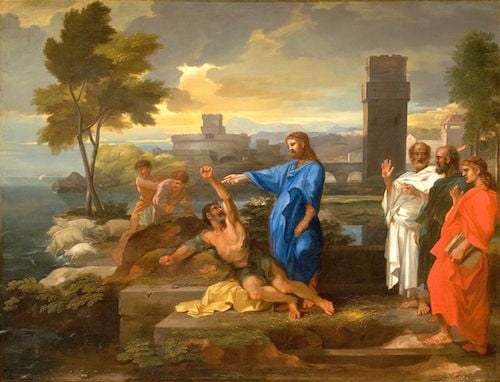
The Three R’s for Casting Out Demons?
Read More: The Three R’s for Casting Out Demons?“He turned and said to Peter, ‘Get behind me, Satan!’” Mt 16:23 After a recent online deliverance session with us, a woman shared her experience: I’ve been able to attend most of the sessions and have found that with each successive one, I have been increasingly able to attain spiritual healing. For many years, I…
-
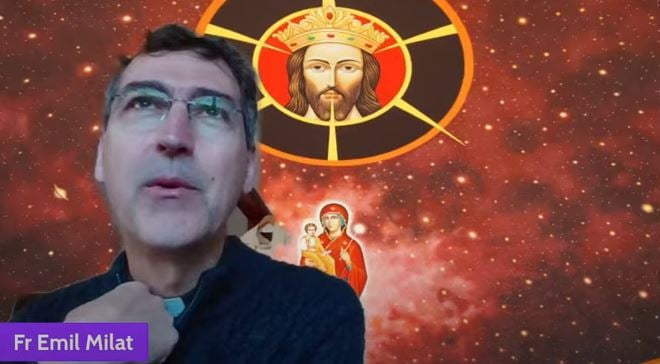
Fr Emil Milat Podcast! Responding To The Rise in Exorcisms In AUSTRALIA w/ The Book of Heaven!
Read More: Fr Emil Milat Podcast! Responding To The Rise in Exorcisms In AUSTRALIA w/ The Book of Heaven!Join the Australian priest on Mother and Refuge as he discusses the tools of spiritual warfare in overcoming the rise of demonic activity in Australia.
-

BEWARE! Symptoms of an evil spirits action within YOU!
Read More: BEWARE! Symptoms of an evil spirits action within YOU!Symptoms of demonic interference may appear on various surfaces and be characterized by various scales of intensity, apply to people, animals, places and objects. An exorcist priest’s task is to recognise the scope of the evil spirit’s action in a given case. His evaluation is usually conducted after medical examinations in order to exclude, e.g.…
-
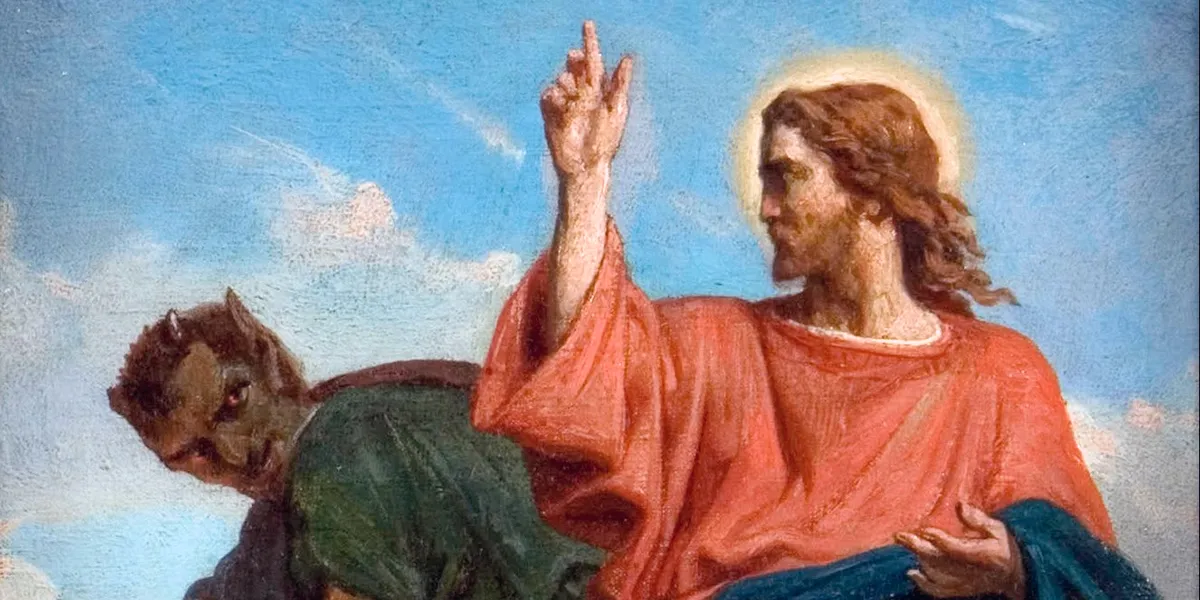
Pray this NOW! Act of Renunciation of Evil
Read More: Pray this NOW! Act of Renunciation of EvilI renounce, from this moment and for all eternity, the devil and all his works and pomps. I abhor all his suggestions and temptations. Suffer not, O Lord, this mortal enemy of my soul to have any power over me, either now or at my last hour. Let Thy holy Angels ever keep me and…
Search
Popular Posts
-
🙏 A New Chapter Begins: Supporting Pope Leo XIV with Prayer and Hope | W/ Daniel O’Connor
“Give the new pope a break and support him with your prayers.”–…
-
Possible Candidates for The Next Pope!
Some Candidates for the New Papacy Today we will share with you…
Categories
Archives
Tags
#Miracles (102) 2023 (4) 2024 (4) approved miracles (2) catholic (141) catholic blog (375) catholic meditations (7) catholic miracles (371) catholic motivation (2) catholic news (371) catholic prayers (4) CatholicSeers (359) catholic vlog (375) catholic websites (6) Eucharistic miracle (2) fr jim blount (3) GisellaCardia (11) hamas (3) imitation of christ (2) Israel (4) israel live (5) Israel news (9) jesus (3) jesus christ (4) Latest messages (11) lent 2023 (10) lent 2024 (4) lent homily (2) lent retreat (4) lent retreat 2023 (3) Lourdes (2) messages from god (6) MessagesFromHeaven (364) miracles of catholic church (2) mother and refuge (2) ourlady (325) OurLadyApparitions (22) our lady of lourdes (2) Pope (2) POPE francis (3) pope francis news (2) prayers (3) real miracles (356) sacred heart of jesus (2) The Miracles of Lourdes (2)
